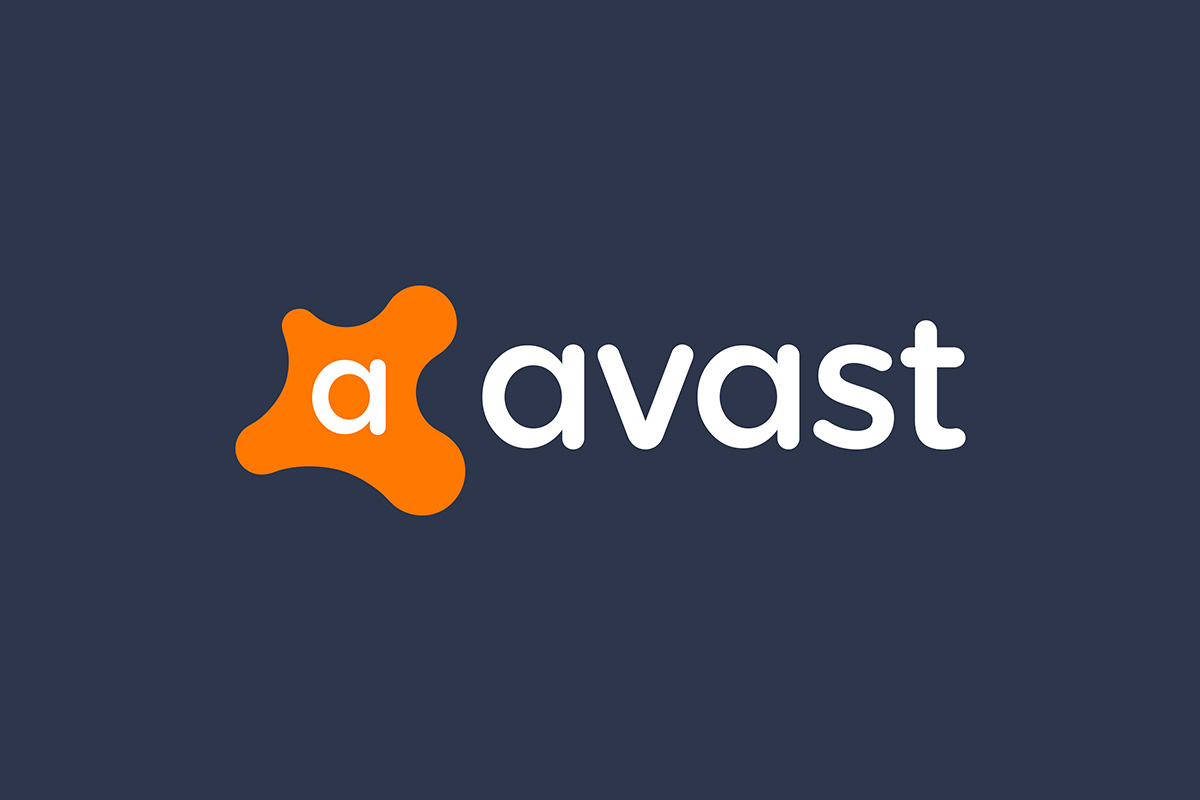Avast (LSE: AVST), a global leader in digital security and privacy products, reveals there has been a 93% increase in the use of spyware and stalkerware apps1 in the UK since lockdown measures were first introduced. In the past year, Avast has protected over 4,585 users in the UK from apps capable of spying, and 165,049 users across the globe. The volume of stalkerware and spyware apps in January and February of this year is a 93% increase on the same time last year before COVID restrictions were introduced.
This National Stalking Awareness Week, Avast continues to draw attention to the rise of stalkerware – unethical software that allows people to track someone’s location, without the victim’s knowledge or consent. Stalkerware gives the perpetrator access to a victim’s personal photos, videos, emails, texts and app communications such as WhatsApp and Facebook, as well as eavesdrop on phone calls and make covert recordings of conversations over the internet.
Jaya Baloo, Chief Information Security Officer, Avast, said, “The growth in stalkerware and spyware poses a huge concern. Stalkerware is a form of tech abuse, an increasing threat which takes away the physical and online freedom of the victim. Usually installed secretly on mobile phones by so-called friends, jealous spouses and ex-partners, stalkerware tracks the physical location of the victim, monitors sites visited, phone calls and text messages, undermining a person’s online freedom and individual liberty.”
Alarmingly, the growth in stalkerware seems to echo the increase in domestic abuse cases across the UK since lockdown measures came into force. Refuge, a national charity in England providing specialist support for women and children experiencing domestic abuse reported that calls to its helpline increased by two-thirds (66%) in the first three months of lockdown, with visits to its website increasing by 950%. Latest figures from the NHS,2 also reveal there has been a 350% increase in the number of people searching online for domestic abuse support during lockdown compared to the previous year.
Jane Keeper, Director of Operations, Refuge, added: “This technology gives abusers another way to exert control over their victims whether we are in lockdown or not. Unfortunately, whilst Avast’s figures are concerning, we fear they are just the tip of the iceberg – many cases will go undetected. This is why Refuge is partnering with Avast, to help tackle this disturbing trend head on.”
Avast is committed to identifying and removing the threat of stalkerware. In 2019, Avast mobile threat researchers identified and worked to remove 8 stalkerware apps from the Google Play Store. Refuge and Avast are both members of the Coalition Against Stalkerware, a cross-industry organisation committed to fighting domestic abuse, stalking, and harassment by addressing the use of stalkerware and raising public awareness about this issue.
Jaya Baloo, CISO, Avast adds: “We’re proud to be working with members of the Coalition, to raise awareness of tech abuse, educate people on how to address it, and constantly to improve ways to prevent this threat.”
Here are some simple steps to help people identify the signs of potential stalkerware and spyware on their devices and what they can do to protect themselves:
How to prevent stalkerware if you think you are at risk:
- Secure your phone against all unauthorised physical access: ensure your phone or device uses two factor authentication such as a pin code and a second form of identity confirmation such as an email backup or thumbprint.
- Install a reliable antivirus product on your mobile phone: a good mobile antivirus will treat stalkerware as a PUP (potentially unwanted programme) and give you the option to remove it.
How to spot the signs:
- You notice your device’s performance is suddenly and unexpectedly worse: you may notice slow-downs or more frequent crashes or freezes.
- Your settings have changed without your consent: if you suddenly have a new browser homepage, new icons on your desktop, a different default search engine, or other changes that you didn’t make, it might be due to stalkerware.
- You get odd messages: a sudden flood of pop-ups or error messages from programmes that always worked fine before may indicate spyware.
- You have unexplained calls on your bill.
- The abuser has had physical access to your device.
- The abuser knows things about what you’re doing, where you’re going and who you’ve been communicating with.
How to manually remove stalkerware from your phone:
- Reboot your phone into safe-mode: hold down your phone’s power button to see your Power off and Restart options. Long-press the Power off option and the Reboot to safe-mode option will appear. Tap OK.
- Remove any suspicious apps: once rebooted in safe mode, open up your Settings and tap Apps or Apps & notifications. Sort through your apps and look for anything you don’t recognise.
- Remove any Malicious Apps: tap Uninstall to remove it from your device. If you’re not sure if an app is malicious, search for the name of the app on the internet to see if other people have shared any issues with it.



Get involved!
Comments